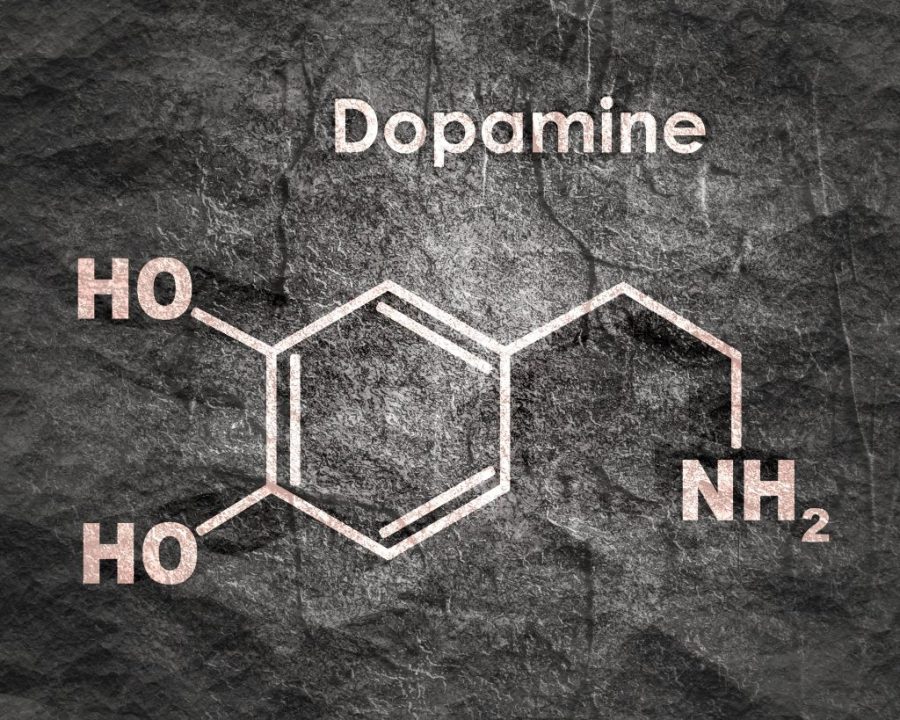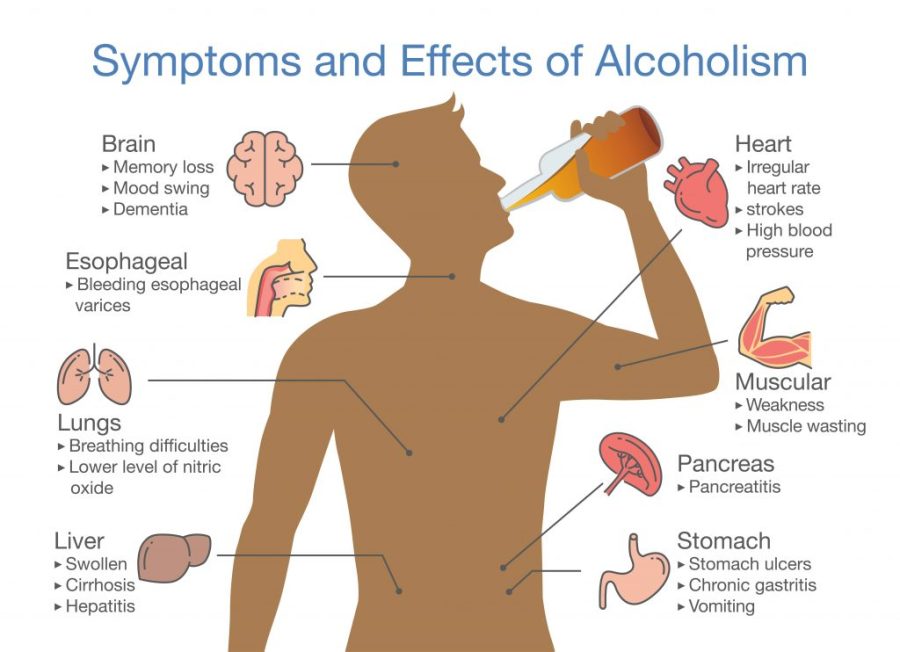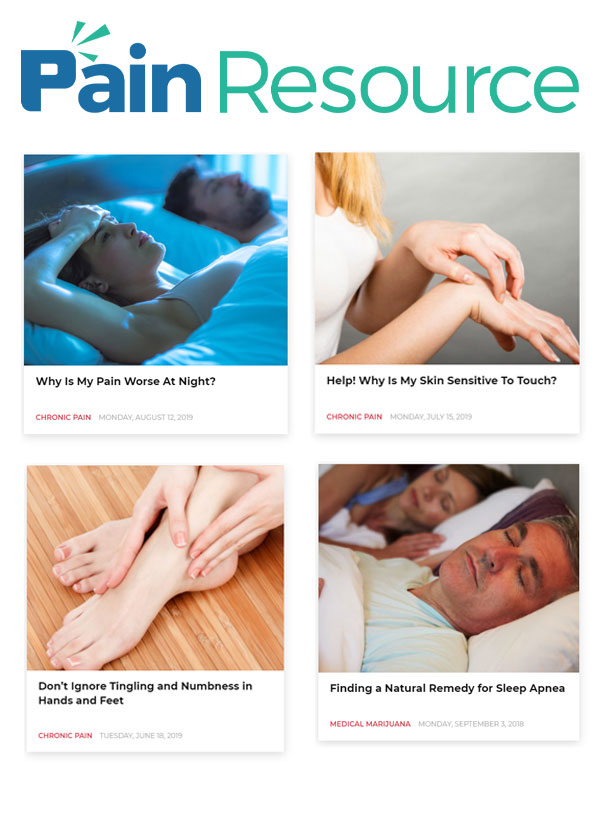
Alcohol abuse and alcohol addiction are common in the United States. Nearly 6% of American adults and 2% of American adolescents suffer from an alcohol use disorder. Alcohol abuse claims an estimated 88,000 American lives annually. In 2010, it cost the nation $249 billion dollars. Despite these health and economic consequences, less than 7% of American adults and 6% of American adolescents received treatment for their disease. These facts beg the question: why is alcohol addictive?
Table of Contents
Why is alcohol addictive?
Alcohol is addictive because it alters the brain’s reward system. This system is important because it supports naturally rewarding behaviors like eating, sleeping, working, socializing, having sex and parenting. With continuous, heavy use, the brain learns to prioritize alcohol over everything else.
The anticipation of alcohol use is registered in the thalamus, the brain’s relay center. Brain cells, known as neurons, generate an electrical signal that causes nearby neurons to release chemical messengers, known as neurotransmitters. These neurotransmitters bind to the receptors on the next neurons, regenerating the electrical signal. This electrochemical messaging continues until the signal reaches the brainstem.
Anticipated or actual alcohol use signals the midbrain structure of the brainstem to release the pleasure neurotransmitter, dopamine. When our brains release dopamine, the dopamine binds to receptors located throughout the brain to influence our emotions, thoughts, and behaviors. Alcohol, like other drugs, produces much more dopamine than natural rewards do, making it addictive.


Long-term alcohol use repeatedly floods the reward system with dopamine. The brain adapts by reducing its dopamine production in response to natural rewards and alcohol. It also decreases the number of dopamine receptors and increases the number of opioid receptors.
Together, these brain changes result in mental and physical alcohol dependence, and the need for greater alcohol consumption to overcome tolerance and avoid withdrawal symptoms. These changes also explain why drugs that block opioid receptors in the brain, like naltrexone, can be used to treat alcohol cravings.
Who uses and who abuses alcohol?
The 2017 National Survey on Drug Use and Health (NSDUH) reports that 86% of American adults have drunk alcohol at some point in their lives. By the age of 15, up to 30% of American adolescents have already tried alcohol.
Some people may successfully limit their alcohol use to an occasional drink or social drinking. Medical advice and national dietary guidelines encourage adults to drink alcohol in moderation: up to 1 drink a day for women and up to 2 drinks a day for men.
Other people may be unable to drink alcohol without abusing it. These individuals may be referred to as binge drinkers or heavy drinkers. Binge drinking is defined as 4 or more drinks for women and 5 or more drinks for men on any occasion.
Heavy alcohol use, defined as binge drinking 5 or more days a month, puts you at risk of developing alcoholism. More than 33% of American adults and nearly 15% of American adolescents binge drink or drink heavily.
When does alcohol abuse become an addiction?
Some people have a higher risk of developing an addiction to alcohol. Some may have a predisposition to alcoholism due to genetic factors. Others may have begun drinking at an early age when the areas of the brain used in decision-making and judgment are still being formed. When these individuals face trauma and adversity, they may turn to alcohol to cope. With continuous, heavy use of alcohol under these circumstances, addiction develops.


If a person is finding it difficult to stop drinking alcohol or is experiencing significant consequences from drinking alcohol, they may have an alcohol use disorder. Specific criteria for alcohol use disorder include:
- Alcohol use in larger amounts or over a longer period of time than intended
- Unsuccessful efforts to cut back on alcohol use
- Significant time needed to acquire, use or recover from alcohol
- Persistent desire and strong craving to use alcohol
- Alcohol tolerance: consuming more alcohol to achieve the desired effect
- Alcohol withdrawal: feeling emotionally and physically unwell in response to alcohol cessation
- Failure to fulfill major personal and professional obligations due to alcohol use
- Giving up important personal and professional activities to use alcohol
- Continued alcohol use despite personal and professional consequences, worsening of mental and physical health, and in physically hazardous situations
Alcohol use disorder is clinically diagnosed when at least two of these symptoms occur over at least one year. The addiction may be mild, moderate or severe, depending on the number of symptoms experienced. However, all forms of alcohol addiction are harmful and may be deadly. Alcohol addiction is especially dangerous if other drug addictions are present.
What alcohol and drug addiction treatment options work?
Treatment recommendations for alcohol and drug addiction include:
- Inpatient treatment center admission
- Psychiatric evaluation
- Medical detoxification and monitoring
- Medications such as benzodiazepines to treat alcohol withdrawal and naltrexone to reduce cravings
- Individual therapy such as cognitive behavioral therapy to understand and challenge negative thoughts and emotions that dictate behavior
- Group therapy and support groups for individuals who suffer from addiction, as well as for their family members and friends
- 12-step programs like Alcoholics Anonymous to support sobriety and prevent relapse
- Holistic wellness programs that teach healthy nutrition, sleep, exercise and meditation practices
The Right Treatment For You
More than anything, patients need to know that they will receive the best possible care. Intensive outpatient programs can be of great assistance if you suffer from an issue but don’t need in-depth care. There are many types of therapy available at The Woods at Parkside, so reach out if you need assistance in the Columbus, Ohio area.
Call (614) 471-2552 to speak with one of our treatment specialists and learn more about our programs. Or click here to take an assessment.
The post Why Is Alcohol Addictive for Some People and Not Others? appeared first on The Woods At Parkside.
Source
Original Author: The Woods at Parkside

